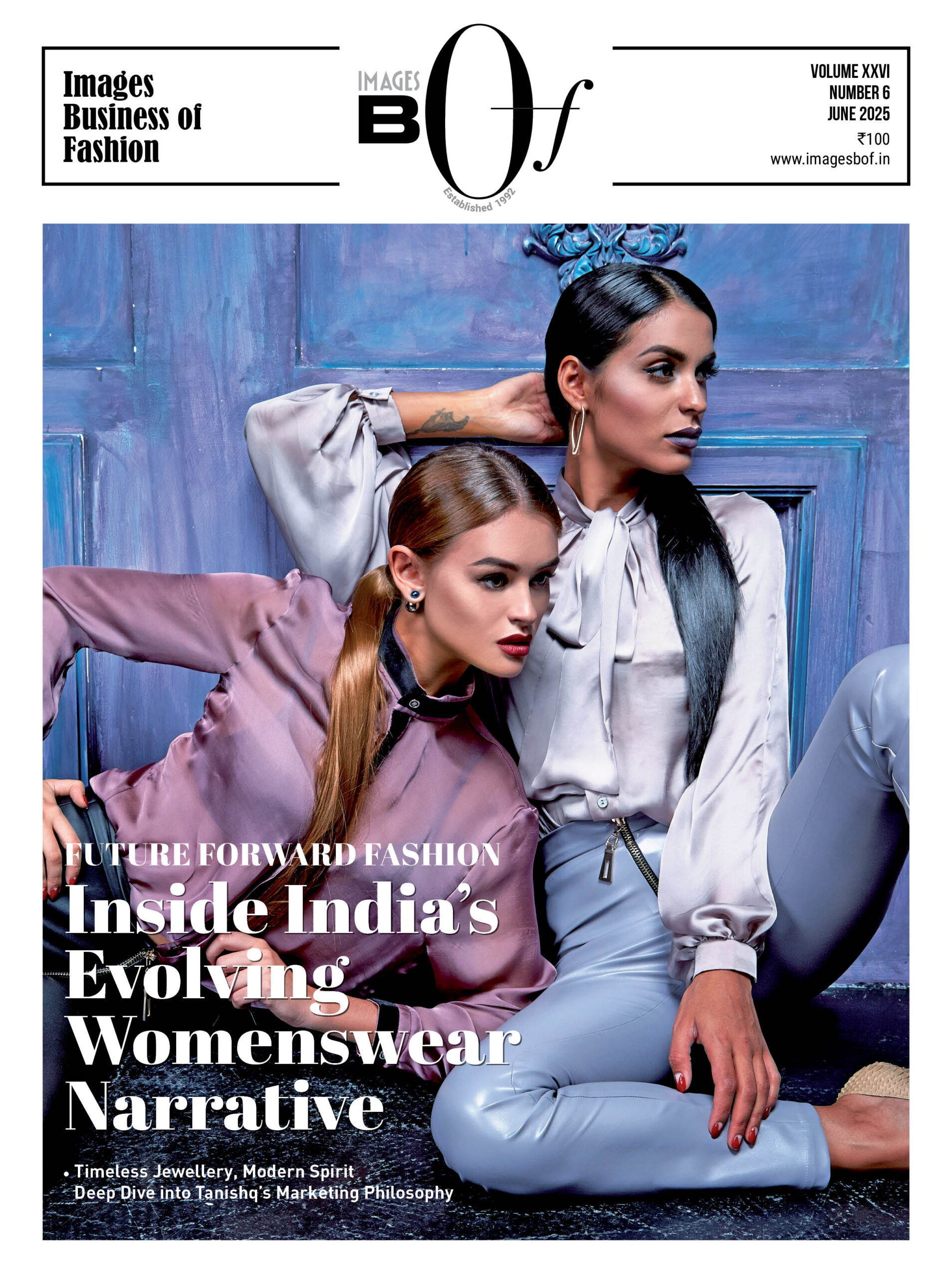The super-premium men’s and women’s jeans category is expected to grow at a CAGR of 14.8% and 14.3%, respectively from 2023- 2028 in India. The robust growth is attributed to the evolving economic landscape in the country. Real GDP in India continued to expand over 2022, recording 7.0% growth, outperforming the average growth of 3.9% in Asia Pacific. According to Euromonitor International’s Economies and Consumers data, the disposable incomes of Indians recorded a 10.5% CAGR over the period from 2018-2023, with predictions for a 10.3% CAGR over the forecast period.
With rising disposable incomes in the country, consumers are expected to be inclined to spend more on luxury and discretionary items. According to Euromonitor Economies and Consumers data, consumer expenditure on clothing and footwear in India in 2023 increased by 44% from 2018 in absolute terms.
Additionally, the rising e-commerce penetration of luxury brands has aided the visibility and uptake of luxury apparel brands. Luxury brands had their distribution limited to physical stores in the country until a few years ago, spread across upmarket shopping locations in tier-1 cities. However, the pandemic disrupted this strategy, as with restrictions on mobility, consumers could not access physical stores. This resulted in luxury brands focusing on alternative distribution channels like e-commerce. Luxury brands started partnering with e-commerce retailers such as Myntra, AJIO, Tata CliQ, and Amazon to retail their offerings.
According to Euromonitor International Voice of Consumer: Lifestyle Survey, in 2023, the top online shopping motivations for consumers in India are – best price, free shipping, variety of brands, and ease of delivery availability. Rising e-commerce penetration allowed access to luxury denim consumers in tier-1, tier-2, and tier-3 cities, who have always had disposable income but lacked accessibility.
Denim Categories
Jeans
This category includes trousers/pants made of denim. It comprises of all lengths including capris and shorts. The most popular brands include Levi’s, Lee, and Wrangler. Jeans are further broken down by price platform.
Economy Jeans
Economy jeans are located at the bottom end of the price range. These will include private label and unbranded products often sold through grocery and mixed retailers. Economy jeans also form part of the value clothing retailers offer. Examples include Primark (GB), Forever 21 (US), Kik (DE), Kiabi (FR).
Standard Jeans
Standard jeans include all brands with price positioning between economy and premium. Brands that are typically considered to be standard include Levi’s, Wrangler, and Lee.
Premium Jeans
This category includes brands that are considered premium due to their higher price and higher quality positioning. Brands are allocated to this price platform on a country-by-country basis and as such, brands such as Levi’s and Wrangler may be considered as premium in some countries. However, brands that are typically considered to be premium include Diesel, Calvin Klein, G-Star Raw, Acne Studios, Re/done, MIH Jeans, Frame Denim, and J Brand.
Super Premium Jeans
This category includes brands that are located at the top end of the price range. Super premium brands are often considered fashion and status symbols and are often sold through high-end department stores or high-fashion boutiques. Examples of brands include 7 For All Mankind, True Religion, Rock N’’ Republic, and MR Jeans.



